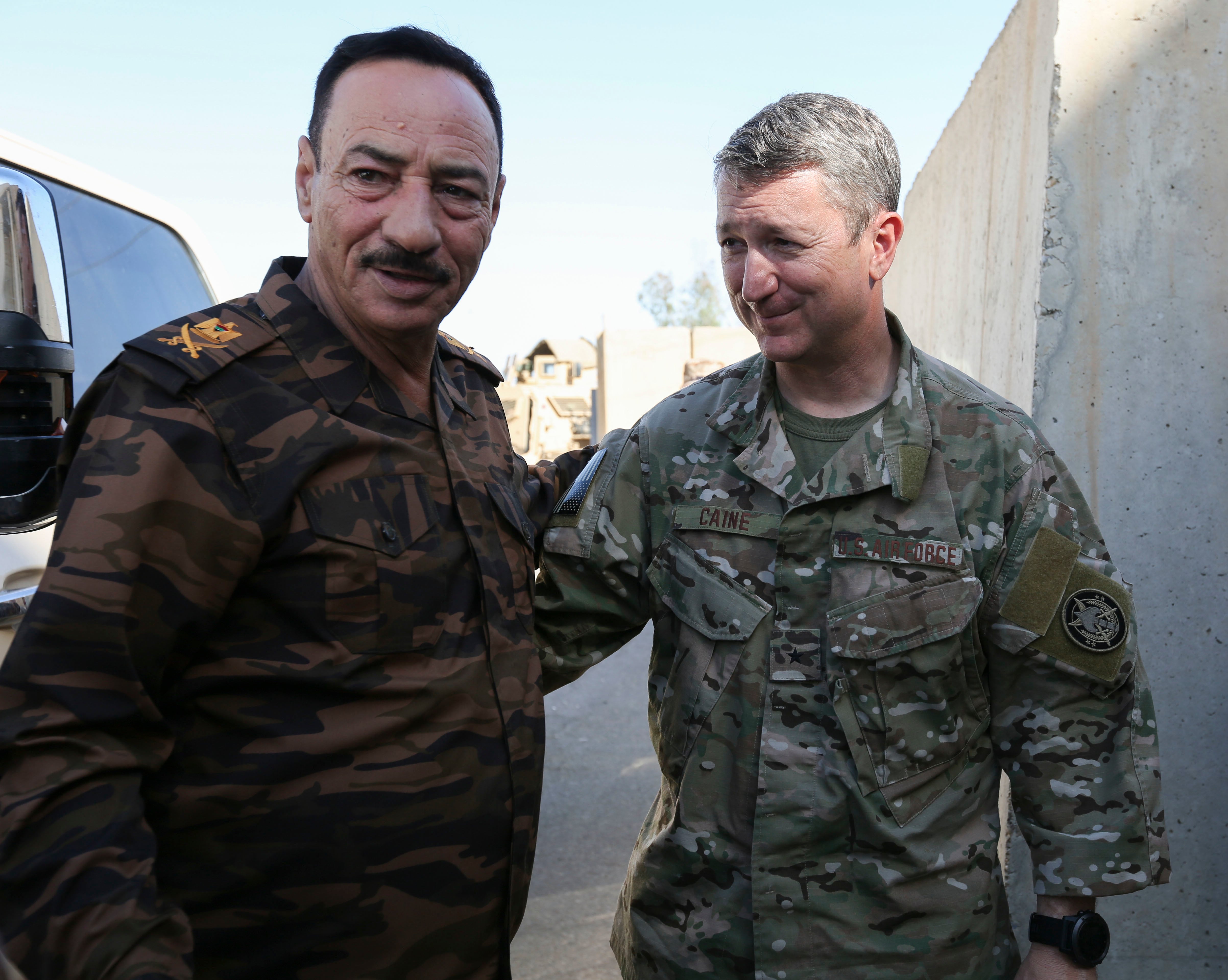WASHINGTON — The U.S. Army began building an entire virtual world a few years ago for its Synthetic Training Environment (STE) to bring accuracy and a real-life feel to training, but a deployment of One World Terrain in Afghanistan has proved it’s not just a training tool, according to Maj. Gen. Maria Gervais, who is in charge of the service’s STE development.
One World Terrain, or OWT, compiles realistic and, in some cases, extremely accurate virtual maps of territory all over the globe. The idea is to be able to click on any place on a virtual globe and go there. Soldiers can then train virtually in an exact environment in which they can expect to operate in reality.
“We’re seeing now there are better uses for operational capability,” Gervais told Defense News in an Oct. 8 interview ahead of the Association of the U.S. Army’s annual conference. “And it’s helping us inform how do we now expand this to meet training, operational and also targeting requirements.”
It all began with a unit that used OWT for training at the National Training Center on Fort Irwin, California, and saw value in it, Gervais said. When the unit deployed to Afghanistan, the soldiers asked to take the system — which included a drone and software — she said.
The unit was able to capture terrain for the purpose of mission-planning rehearsal and route planning. But the soldiers also used it to take an in-depth look at the forward-operating base to see how it was set up and analyze it for vulnerabilities.
“I will tell you from that usage, they figured out they had to make some changes,” Gervais said. “And then they went out and they started looking at other operating bases within their area. They expanded it.”
The system “immediately started proving its utility to them,” she said, “but from that unit from what they were able to do, we then were able to take the next unit that was coming in behind them and provide all that information to them and allow them to understand how One World Terrain could be used.”
The Army’s 82nd Airborne Division also used the system prior to deploying to another theater. The division captured the terrain, using it for predeployment planning and mission rehearsals, including how and where to set up a base and where to position electronic warfare systems.
OWT also helped the 25th Infantry Division out of Hawaii prepare for a Joint Training Readiness Center rotation, and its members also plan to use it during the exercise.
These uses have led the Army to provide more drones and software for more units, Gervais said. Starting in December and January, the Army will begin fielding “a little bit more capability,” she added.
In March, the STE team went to Germany to observe an assured position, navigation and timing exercise that included a sensor-to-shooter, live-fire drill. The team worked with the 1st Cavalry Division’s intelligence analysts and put OWT on the Distributed Common Ground System-Army (DCGS-A) system, which is an intelligence analysis platform.
“We showed them the capability, and what came out of there was pretty astounding,” Gervais said. With 3D terrain from OWT in the system, decisions could be made more quickly because there was no need to compare two different databases and reason against it, she said. That cut workload by about 60 percent, she added.
OWT was on a DCGS-A system at Project Convergence at Yuma Proving Ground, Arizona, this year, Gervais said, and it showed the realm of the possible from a targeting perspective.
While the STE had a limited scope during Project Convergence, “we’re going to be more integrated in Project Convergence 21 next year,” she added, so that “everybody’s kind of operating off the 3D terrain.”
Jen Judson is an award-winning journalist covering land warfare for Defense News. She has also worked for Politico and Inside Defense. She holds a Master of Science degree in journalism from Boston University and a Bachelor of Arts degree from Kenyon College.




